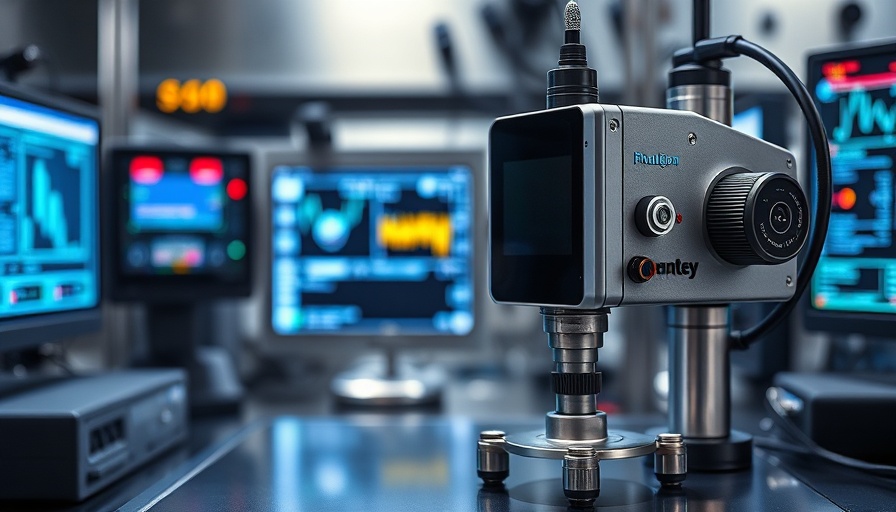
Photon Counting Detectors: A Revolution in Medical Imaging
The evolution of medical imaging has reached an exciting juncture with the advent of photon counting detectors (PCDs) that promise to elevate the capabilities of X-ray imaging systems. Traditional 2D X-rays, long relied upon by healthcare professionals, often fall short in revealing subtle yet crucial details, such as small fractures or soft tissue anomalies. The innovative work from researchers at the University of Houston, particularly under the leadership of Mini Das, introduces a remarkable shift towards a 3D diagnostic solution. With enhanced precision and efficiency, this technology could transform cancer detection and other diagnostic practices, offering a competitive edge in the medical field.
The Mechanism: How Does It Work?
PCDs operate uniquely by capturing X-rays at multiple energy levels simultaneously. This process resembles the separation of white light through a prism, allowing it to distinguish not only between various tissues but also to identify specific materials within the body—be it plastic, iodine, or aluminum. This capability goes beyond conventional imaging techniques that primarily indicate density differences without providing material specifics, paving the way for more informed diagnostics.
Advancements and Benefits in Cancer Detection
The potential of photon counting technology is profound, particularly in oncology. By utilizing dual contrast agents—one targeting tumors and the other inflammation—clinicians can see precisely where these agents accumulate, facilitating better diagnostic accuracy. Das highlights that while medical imaging currently produces bright spots, distinguishing their nature is often challenging. With PCDs, this clarity broadens diagnostic horizons, promising advancements in early cancer detection and personalized patient care.
Connecting to Industry Trends: The Future of CT Technology
As highlighted in recent industry reviews, the integration of artificial intelligence with CT technology enhances the efficiency of detecting lesions and abnormalities. PCDs align with this forward-thinking approach, showcasing the synergy between innovative imaging techniques and AI. Integrating AI algorithms with PCD technology can further streamline workflows, thereby promoting more reliable patient outcomes and optimized clinical practices.
Real-World Applications and Future Implications
The implications of employing photon counting detectors are manifold. For instance, PCDs’ ability to minimize radiation exposure while improving image resolution is particularly critical. This holds significant value for pediatric patients who require precise imaging with minimal risk. As physicians and healthcare practitioners strive for quality in diagnostic precision, the introduction of PCD technology may become a standard amidst evolving medical practices.
How PCDs Enhance Diagnostic Confidence
As reported across various studies, utilizing photon counting technology can lead to enhanced spatial resolution, enabling radiologists to visualize minute anatomical structures with clarity. This effect is vital for accurately interpreting findings in complex areas such as the lungs or musculoskeletal regions. The increase in diagnostic confidence that comes from utilizing PCDs creates a ripple effect, urging further research and investment in advanced imaging technologies.
Taking Action: Embrace the Future of Medical Imaging
For concierge health practitioners, staying at the forefront of technological advancements is paramount. Engaging with the emerging field of photon counting detector technology can significantly influence patient care offerings. Being proactive in understanding and incorporating these advancements into clinical workflows empowers medical professionals to not only enhance diagnostic accuracy but also to improve patient experiences. As healthcare continually evolves, those practicing at the cutting edge will undoubtedly position themselves as leaders in the realm of patient care.
In conclusion, the promise shown by photon counting detectors signifies a considerable advancement in medical imaging. It symbolizes a shift away from traditional imaging approaches toward a new era where specificity and efficiency in diagnostics are paramount. The continued research and integration of these technologies within clinical settings will undoubtedly influence the trajectory of healthcare.
 Add Row
Add Row  Add
Add 


Write A Comment